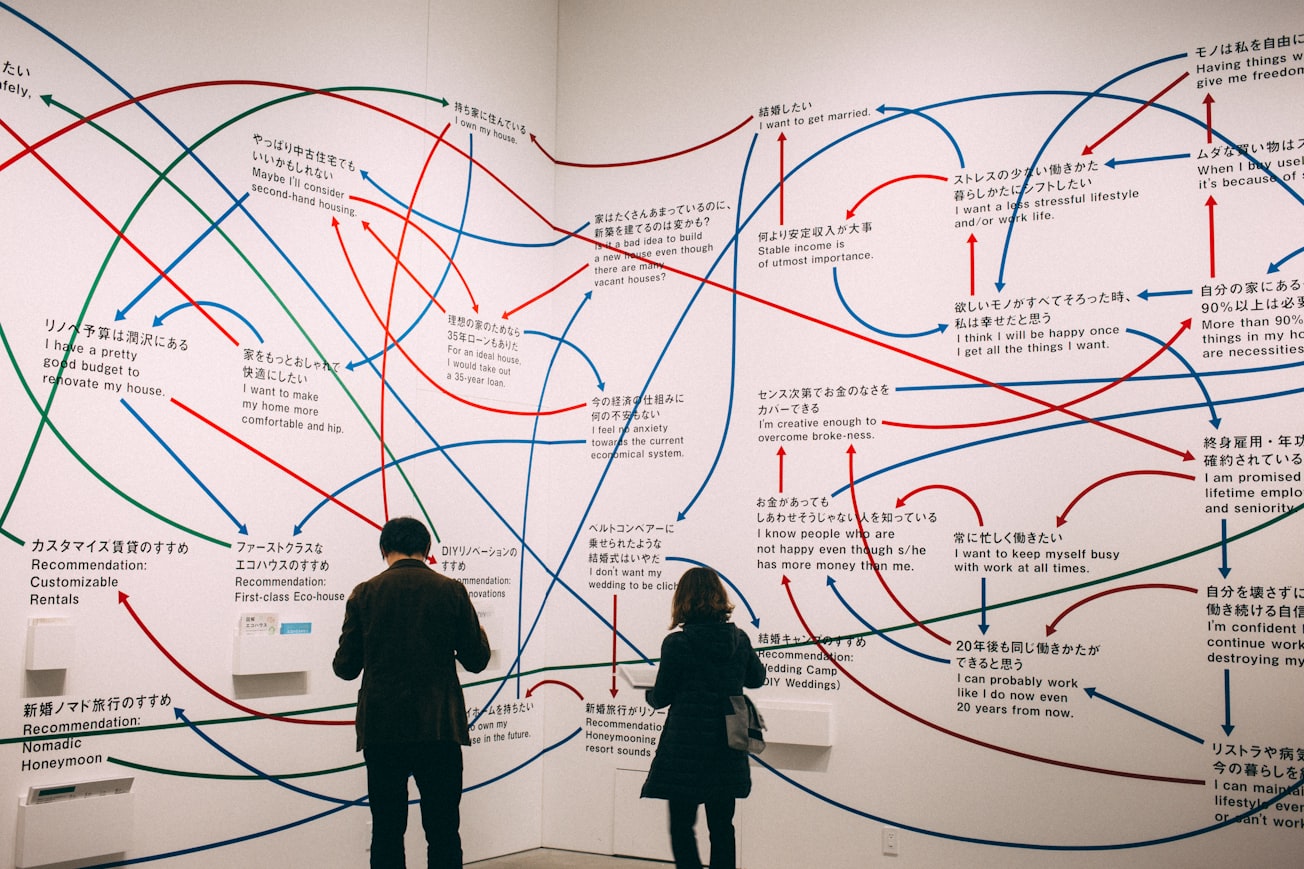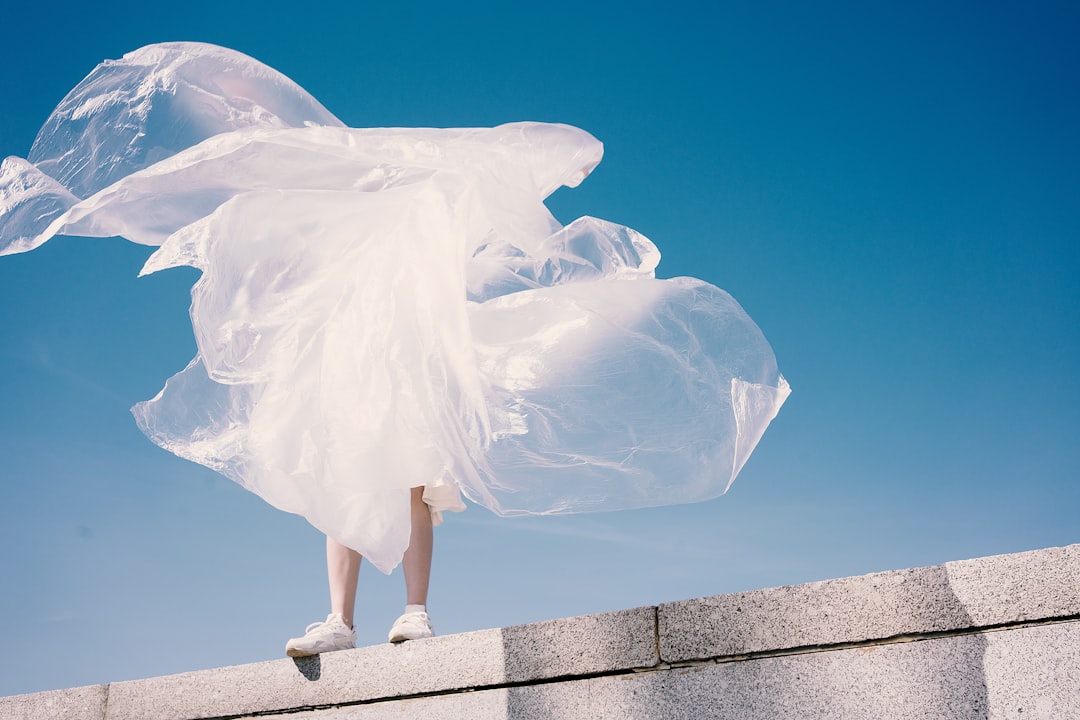What is it about?
This paper considers the visual effects that the philosophy of science has had on the creation of diagrams during the great encyclopedic projects of the 18th and 19th century. As an artist with a background in Biochemistry, I also present several of my own art & science projects as examples of the way that diagrams connect the sciences with visual art.
Featured Image

Photo by charlesdeluvio on Unsplash
Why is it important?
Diagrams are arguably the most common and varied type of image people make, and have become the primary visual language of science and data visualisation. The use and adaptation of diagrams by artists can provide a unique insight in to how diagrams work, how they are made and how they are used, as well as the ways in which these images connect science and art.
Perspectives
Art and science projects give us the opportunity to combine two very distinct perspectives about how the world works and our experience and ideas about it. People in the past have tried to develop idea from science in to more poetic and expressive forms using philosophical texts, however in this paper I propose that diagrammatic art works is a more effective way to do this.
Dr Michael Whittle
Hong Kong Baptist University
Read the Original
This page is a summary of: Romantic-objectivism: developing a diagrammatic poetics of science, Journal of Visual Art Practice, July 2021, Taylor & Francis,
DOI: 10.1080/14702029.2021.1951584.
You can read the full text:
Resources
Contributors
The following have contributed to this page










